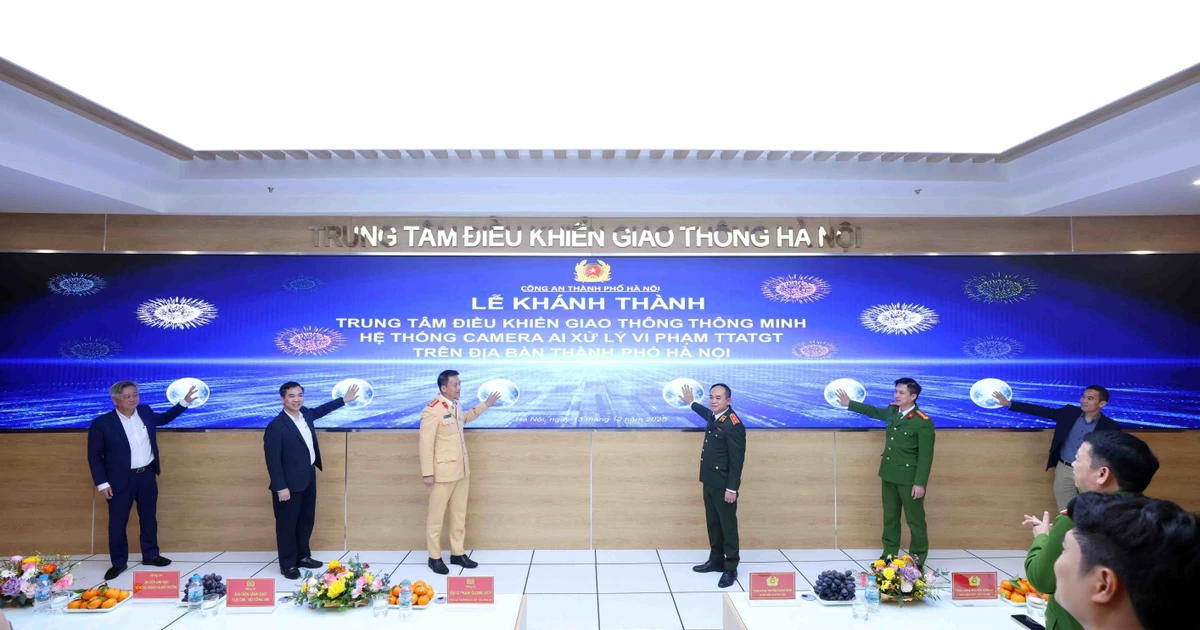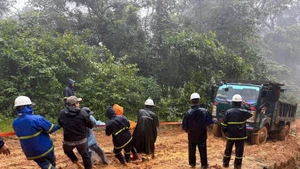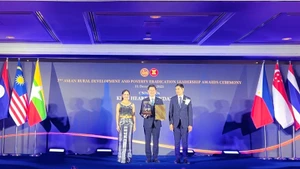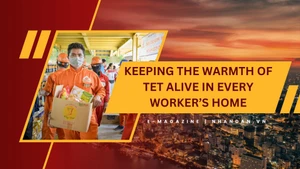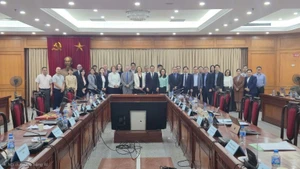As a result, agricultural production has maintained good growth, economic structure has shifted in the right direction, and socio-economic infrastructure has been strengthened. The political system has also been strengthened, and social order and security have been guaranteed.
In addition, peoples’ incomes have been improved, their living conditions and spiritual lives have been enhanced and their trust in the Party and the State has been significantly increased.
However, at the same time, excluding several aspects of economy, culture and education, many other aspects in the urban areas have seen slower progress than in rural areas. Big cities such as Hanoi and Ho Chi Minh City have faced problems including traffic congestion, social infrastructure overload, and temporary markets.
Despite certain differences in socio-economic background and customs between rural and urban areas, the programme on building new-style rural areas has brought about useful lessons in urban development.
Seven years ago, the Ministry of Culture, Sports and Tourism promulgated Circular No.02/2013 (Circular 02) detailing criteria for recognising civilised wards and towns, which are evaluated through their architectural management, planning, lifestyle, the implementation of cultural and sporting movements, and efforts to realise the Party and State’s guideline and policies.
However, the circular has not yet been effectively and widely deployed regarding operation in localities.
Therefore, we need a new motivation in building and developing urban areas. Instead of a ministerial-level circular, we need a national target programme on urban construction and development.
It is also necessary to review the advantages and disadvantages of the criteria set in the Circular 02 in order to design a new set of criteria, which should focus on urban "hot" issues such as street-side vendors who are encroaching on pavement and roads, traffic congestion, and green space per individual. The criteria should also be developed with a regard to cultural space, waste classification, and the use of plastic waste.
When the programme on building new-style rural areas was launched, many localities and agencies said it was extremely challenging. However, the implementation of the programme is a must, requiring localities to mobilise all available resources towards its realisation. The success of the programme after 10 years of deployment is far from our expectations.
If it is designed and instructed in a sound direction, a similar programme on building urban area will fully summon up the strength of the entire political system and people and create motivation for localities to compete against each other in urban development.


